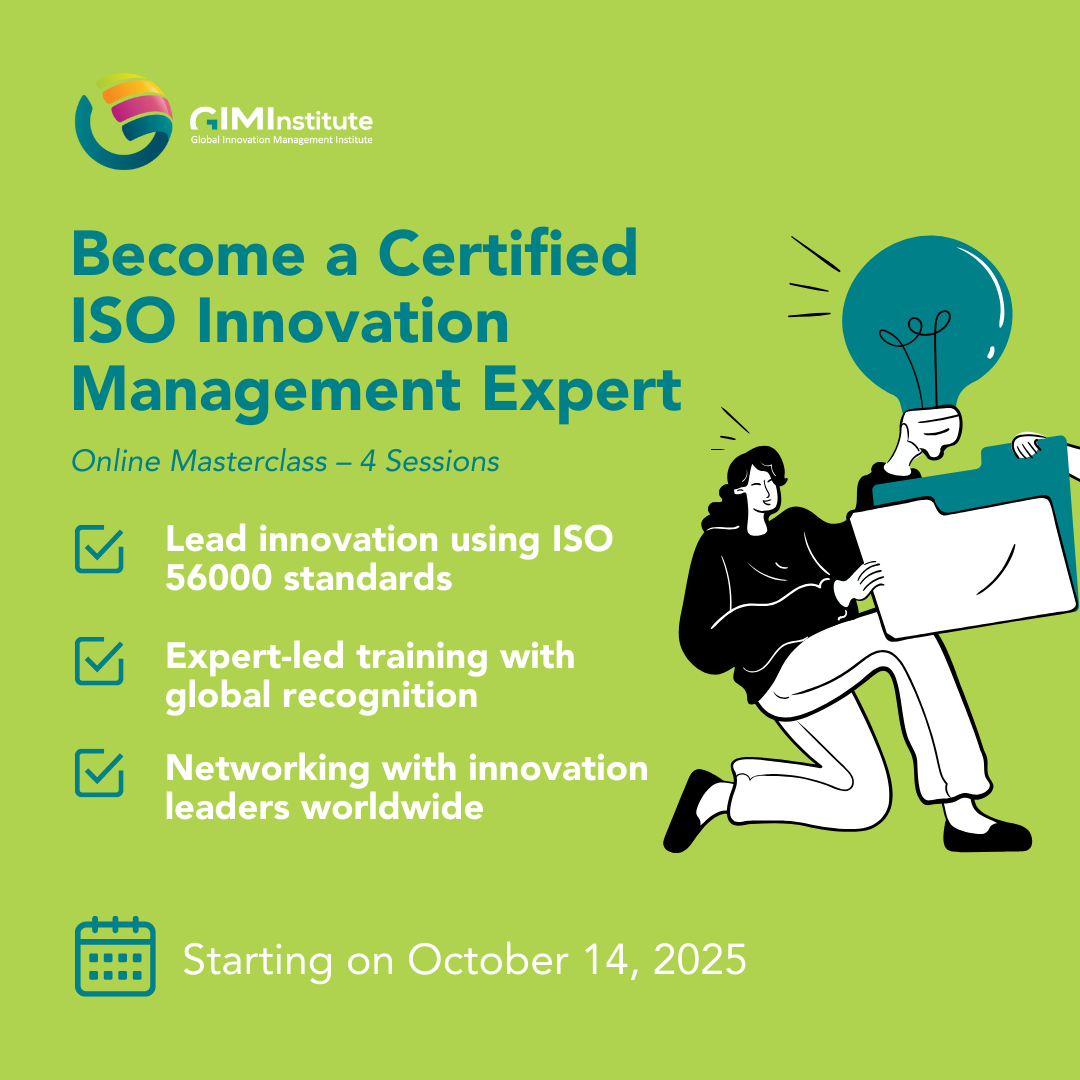10 Innovation Myths Holding Your Organization Back
Innovation is often portrayed as the elusive force that propels organizations ahead of the curve. Yet, despite the buzz, many leaders continue to fall prey to persistent myths that distort their innovation strategies—and limit their results. It’s time to challenge these assumptions and reframe the conversation.
- Innovation Happens in a ‘Eureka!’ Moment
The myth of the lone genius having an instant epiphany—à la Archimedes’ “Eureka!” moment—is appealing but misleading. Innovation more commonly stems from iterative exploration, collaboration, and disciplined experimentation. As the MIT Sloan Management Review notes, breakthroughs often emerge from persistent effort and a culture that encourages exploration over time. Google’s design sprint methodology, for instance, exemplifies how structured iteration outpaces flashes of inspiration. Real innovation usually involves dozens of small ideas, tested and refined over time.
- Only Big Tech Counts as Real Innovation
Too often, organizations equate innovation with radical technological breakthroughs, overlooking the rich spectrum of non‑tech advances. Service innovations—for example, Starbucks’ rapid‑service redesigns or IKEA’s flat‑pack retail model—redefine value propositions without new hardware. Process innovations—such as Toyota’s Kaizen continuous‑improvement system or Domino’s pizza‑tracking platform—drive quality and efficiency gains in everyday operations. Business‑model innovations—from Gillette’s razor‑and‑blade subscription to Netflix’s pivot from DVD rental to streaming—restructure revenue and delivery mechanisms, transforming industries without inventing new technologies. Organizational innovations, like Zappos’ adoption of holacracy, further demonstrate how changes in structure and culture can unlock creativity and customer focus. Savvy leaders build balanced portfolios that combine low‑risk, incremental improvements across these dimensions with occasional breakthrough bets—ensuring that innovation isn’t confined to “big tech” but pervades every corner of the business.
- Innovation Can’t Be Taught
Many believe that innovation is an innate talent reserved for a few visionary individuals. However, research shows that creative thinking and problem-solving can be nurtured. Institutions like GIMI, Stanford, and MIT teach innovation as a discipline. Tools like design thinking, lean startup methodology, GIMI methodology and the 10 types of innovation framework prove that innovation capabilities can be systematically developed and applied across industries. The key is to create an environment where learning and experimentation are supported, and where failure is seen as a step toward improvement.
- It’s the R&D Team’s Job
R&D and innovation labs play important roles, but isolating innovation in specific departments can be limiting. Innovation thrives when it’s embedded into the organizational culture. Cross-functional teams—blending marketing, operations, HR, and finance—bring diverse perspectives that often generate more holistic solutions. Procter & Gamble’s Connect + Develop model shows how involving the entire ecosystem, including external partners, enhances innovation impact. Organizations that democratize innovation and encourage contributions from all levels tend to achieve more sustainable results.
- It Requires Huge Budgets and Risk
This myth can discourage experimentation. While some innovations do demand significant funding, many start as small, low-cost tests. Pilot programs, MVPs (minimum viable products), and sandboxing allow firms to learn fast and fail safely. 3M’s Post-it Notes, for instance, emerged from a failed adhesive experiment, not a high-stakes bet. Strategic risk-taking, when combined with disciplined portfolio management, mitigates downside while maximizing upside. It’s not about betting the farm—it’s about planting lots of small seeds and learning which ones grow.
- Innovation Should Always Target Large Markets
The pursuit of large markets can blind companies to niche opportunities where growth is less contested and customer loyalty is stronger. Consider Warby Parker’s entry into affordable eyewear or Patagonia’s focus on environmentally conscious consumers. These companies gained traction by deeply understanding underserved markets, then scaling smartly. Innovation in niches often becomes the foundation for later mainstream expansion. It also allows for more personalized solutions and stronger customer relationships.
- Constraints Kill Creativity
While it may seem intuitive that freedom fuels innovation, constraints often sharpen focus and spur resourcefulness. NASA’s space missions, conducted under extreme technical and financial constraints, are testaments to ingenuity under pressure. Constraints help teams prioritize, adapt, and reframe challenges in ways that encourage inventive thinking. The innovation paradox: limits can drive boundless creativity. Working within boundaries can inspire out-of-the-box solutions that would never have emerged in an unconstrained environment.
- Startups Are the Only Innovators
Startups are nimble, but established companies have the scale and resources to drive impactful innovation—if structured correctly. GE’s FastWorks, Adobe’s Kickbox, and Google’s 20% time are all examples of intrapreneurship at scale. These programs empower employees to act like entrepreneurs within large systems, often leading to new products, services, or even spinoff ventures. Innovation is about mindset and systems—not size or age. Legacy organizations that embrace agility and experimentation can compete with the best startups.
- Innovation Happens in Isolation
The lone inventor is a romanticized myth. Most successful innovations are collaborative endeavors, involving diverse stakeholders across functions and even organizations. Open innovation models—exemplified by platforms like Innocentive or LEGO Ideas—highlight the power of external inputs. Internally, cross-pollination of ideas between departments (e.g., marketing and R&D) is essential to move innovations from concept to execution. Collaborative innovation also builds buy-in and makes implementation smoother. For example, LEGO co-creates products with its community through its crowdsourcing platform, turning fans into innovation partners.
- Innovation Is Just About Ideas
Ideas are essential, but execution is everything. The best ideas mean little if they don’t translate into tangible impact. Innovation involves selecting, testing, scaling, and integrating ideas into existing operations. Apple didn’t invent the smartphone, but its execution—with seamless design, intuitive UX, and ecosystem integration—set a new standard. As GIMI notes innovation is about creating but also capturing value.
The Takeaway
Innovation doesn’t require mythical genius, moonshot budgets, or luck. It demands intention, structure, and cultural alignment. By challenging these ten myths, leaders can unlock untapped potential within their organizations—and build innovation not as a moment, but as a muscle.


